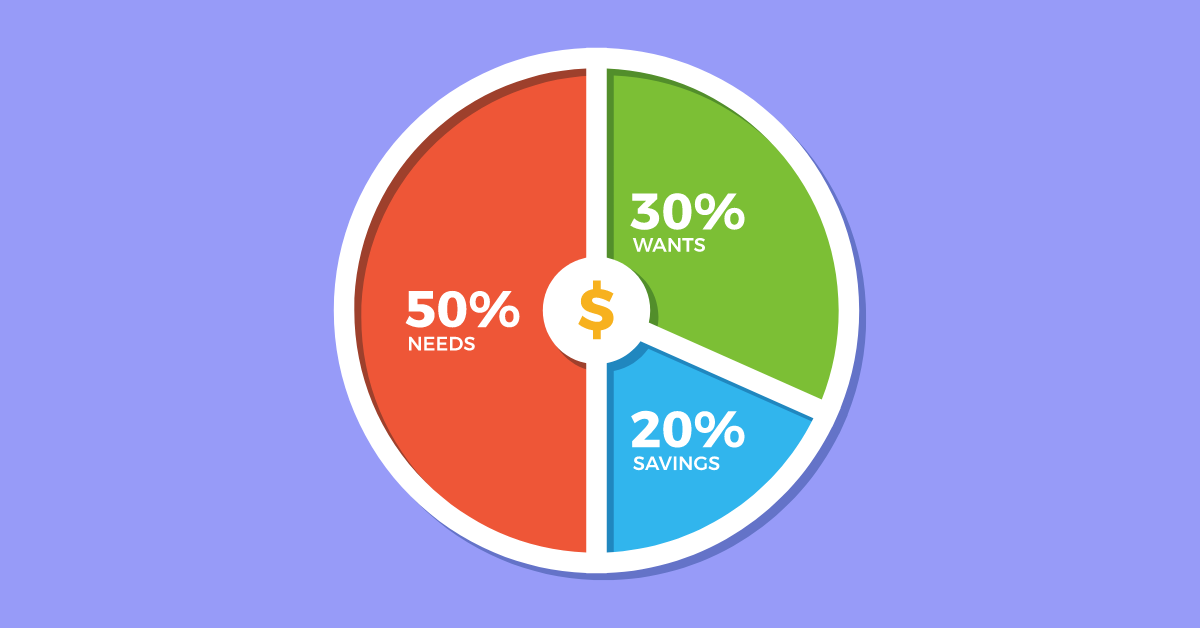Bonus issues and stock splits are probably two of the corporate actions you often see in the news. They have multiple things in common, which increases the chances of mixing the two.
If you are also confused about stock bonuses and stock splits, exploring this article will surely help. It covers the advantages and disadvantages of stock bonuses, past examples of stock bonuses, advantages and disadvantages of stock splits and finally, stock splits vs bonuses.
Stock Bonuses
Stock bonuses are the additional shares given by a company to its existing shareholders as a bonus, i.e. without additional costs. Such bonus shares are issued to existing shareholders, in proportion to the number of shares they hold.
Advantages Of Bonus Shares
Here are the advantages of bonus shares from the company and investor’s point of view.
From the company’s perspective
A company may consider the bonus issue as an alternative to dividend payment in case of cash shortage. The company may use the saved money to reinvest in the business in future.
A bonus issue may help the company to gain popularity and create positive sentiments amongst investors that the company believes in growth.
From an investor’s perspective
Investors may get additional shares without incurring any additional costs and taxes.
Another benefit of the stock bonus may be increased liquidity of stocks. Potential investors may get stocks at lower prices than pre-bonus issues, and existing investors may be able to sell some shares while having some stake in the company.
Disadvantages Of Stock Bonus
Here are the disadvantages of bonus share stocks from the company and investor’s point of view.
From the company’s perspective
The earnings per share would get reduced due to equity dilution, which may make the stock less attractive to potential shareholders.
The administrative costs of bonus issues may exceed that of dividend payments.
The company does not receive cash for those bonus share stocks, which may reduce its ability to go for a follow-on public offer.
From an investor’s perspective
The investors do not get additional wealth due to bonus issues. The share prices decrease according to the bonus ratio, and the company’s market capitalisation remains the same.
Past Examples Of Bonus Shares
Some examples of regular bonus-giving stocks or the stocks that announced bonus issues more than three times from the year 2000 but are not limited to
Here are some examples of bonus shares issuer companies in 2021.
| Company | Bonus ratio |
| United Polyfab | 2:1 |
| Varun Beverages | 1:2 |
| Sadhana Nitro | 2:5 |
| Tiaan Consumer | 59:100 |
| KSolves | 1:1 |
| ACE Integrated | 1:2 |
| Medico Remedies | 3:1 |
| Rajnish Wellness | 5:4 |
Stock Splits
Stock splits are corporate actions by which the company increases its outstanding number of shares and reduces the price per share by splitting existing one share into multiple shares. In stock splits, the investor’s overall invested amount does not change.
Advantages Of Stock Splits
Here are the advantages of the stock split from the company and investor’s point of view.
From the company’s perspective
Increased stock affordability may prove to be a winning point in attracting potential investors. Many investors find it appealing to buy 20 shares at ₹500 each than buying 5 shares at ₹2,000 each.
From an investor’s perspective
After the stock split, investors could buy more shares of the issuing company at a lesser price.
Investors may benefit from increased liquidity of the stock.
Disadvantages Of Stock Split
Here are the disadvantages of the stock split from the company and investor’s point of view.
From the company’s perspective
The company incurs substantial legal and administrative costs in performing a split in the stock market.
From an investor’s perspective
The stock split may lead to stock price volatility, indicating higher short-term risk for investors.
Difference Between Bonus Share And Stock Split
Here are the key differences between stock splits and bonus issues.
Reasons
A company may issue bonus shares as an alternative to cash dividends when suffering from a cash crunch after marking substantial profits.
Companies may go for a stock split to reduce the stock prices when they have risen to the extent that they become less affordable to retail investors.
Example
You hold 100 shares of a company which is traded at ₹200 per share. Here is what will happen to your shareholding and stock price if that company announces a 1:2 bonus issue and stock split.
1:2 bonus
| No. of shares post-bonus | Share price post-bonus |
| 150 (100 original + 50 bonus shares) | ~₹133 per share |
1:2 stock split
| No. of shares post-stock split | Share price post-stock split |
| 200 | ₹100 per share |
Face value of a share
A share’s face value does not change in case of a bonus issue. However, in a stock split, the face value decreases in the same proportion of the split ratio. Here is an example of what happens to face value in a bonus issue and a stock split.
Face value before bonus issue and stock split – ₹10 per share
After the bonus issue (1:2) – ₹10 per share
After the stock split (1:2) – ₹5 per share
Beneficial for
A bonus issue may primarily benefit existing shareholders as they get additional shares. On the other hand, as the stock split is intended for the stock price reduction, existing and potential shareholders may see it as advantageous.
Impact on share capital & reserves
Bonus issue increases share capital and proportionally reduces reserves. However, the share capital and reserves remain unchanged in a stock split.
Bonus Issue Vs Stock Split
| Point of difference | Bonus issue | Stock split |
| Reasons | Usually issued as an alternative to cash dividends | Usually performed to reduce the stock prices to make it affordable for more investors. |
| Face value of a share | Remains unchanged | Decreases in the same proportion of the split ratio |
| Beneficial for | Primarily for existing shareholders | For existing and potential shareholders |
| Impact on share capital & reserves | Increases share capital and proportionally reduces reserves | Remains unchanged |
Final Thoughts
Stock split and bonus issues may bring some similar effects. Both lead to an increase in the number of shares and a reduction in stock price without significant changes in the company’s fundamentals, such as profits, revenues, etc. However, they significantly differ in terms of the company’s rationale behind performing them, impact on a share’s face value, share capital, reserves, etc.
Are you worried about losing money by investing in stocks due to a lack of time for research? WealthDesk may help you solve this problem by enabling you to invest in WealthBaskets, which are the research-backed collection of stocks and ETFs based on ideas, themes or strategies and are built by SEBI-registered professionals.
FAQs
Which one is better cannot be answered for certain. A stock split may work better when the company wants its stock to be more affordable, whereas bonus shares may work better when it wants to reward existing shareholders in a time of good profits, yet a cash shortage.
The price of each share of the issuing company decreases according to the bonus ratio. However, the stock price may jump in the short term as investors usually perceive a bonus issue positively.
If you want to get bonus shares, you need to buy shares before the ex-date. If you want to buy shares at a lower cost, you may consider buying them post-bonus.
Bonus shares can be sold just like original shares through stock exchanges.
The purpose of a company behind splitting stock may be to make its stock look attractive and affordable to more shareholders.


















